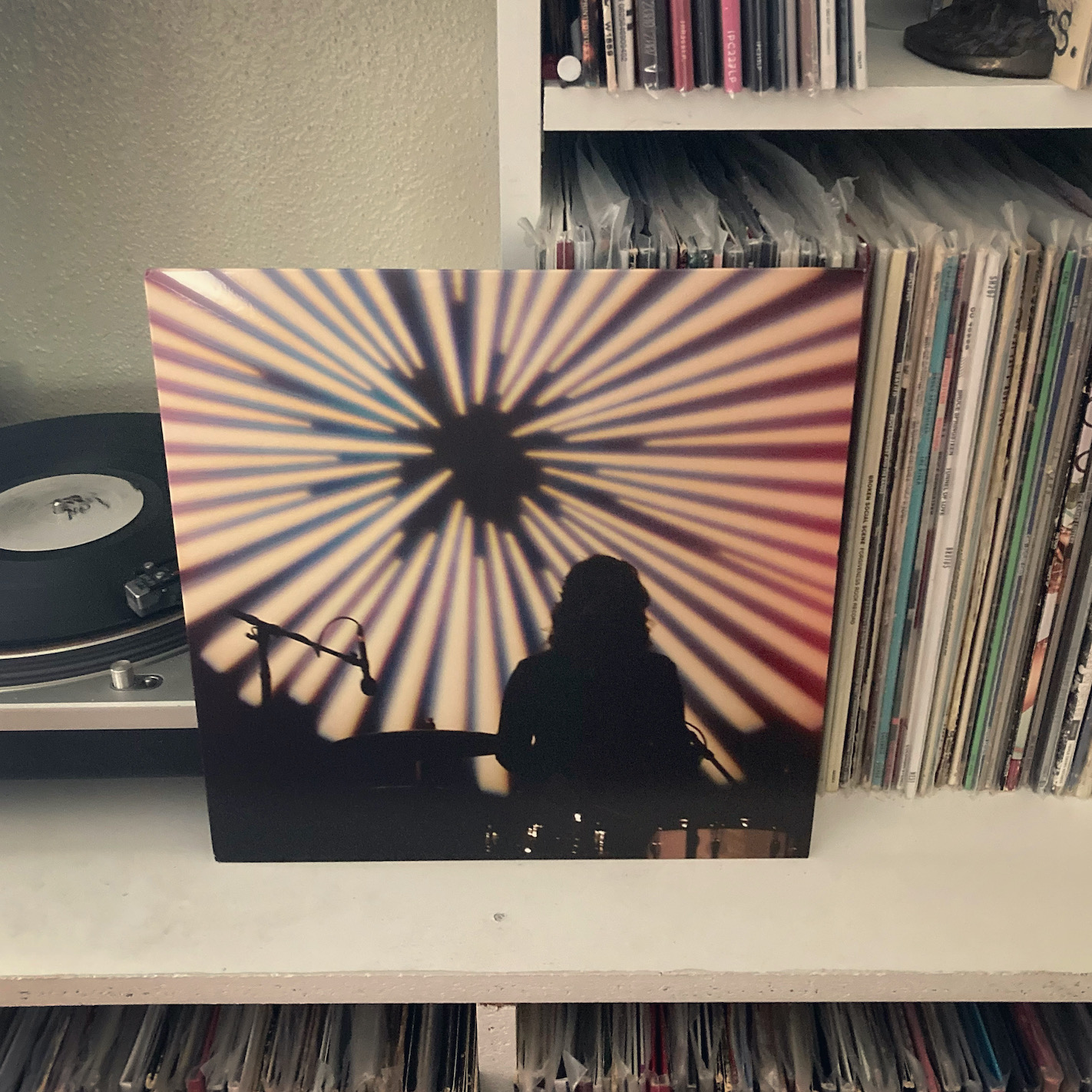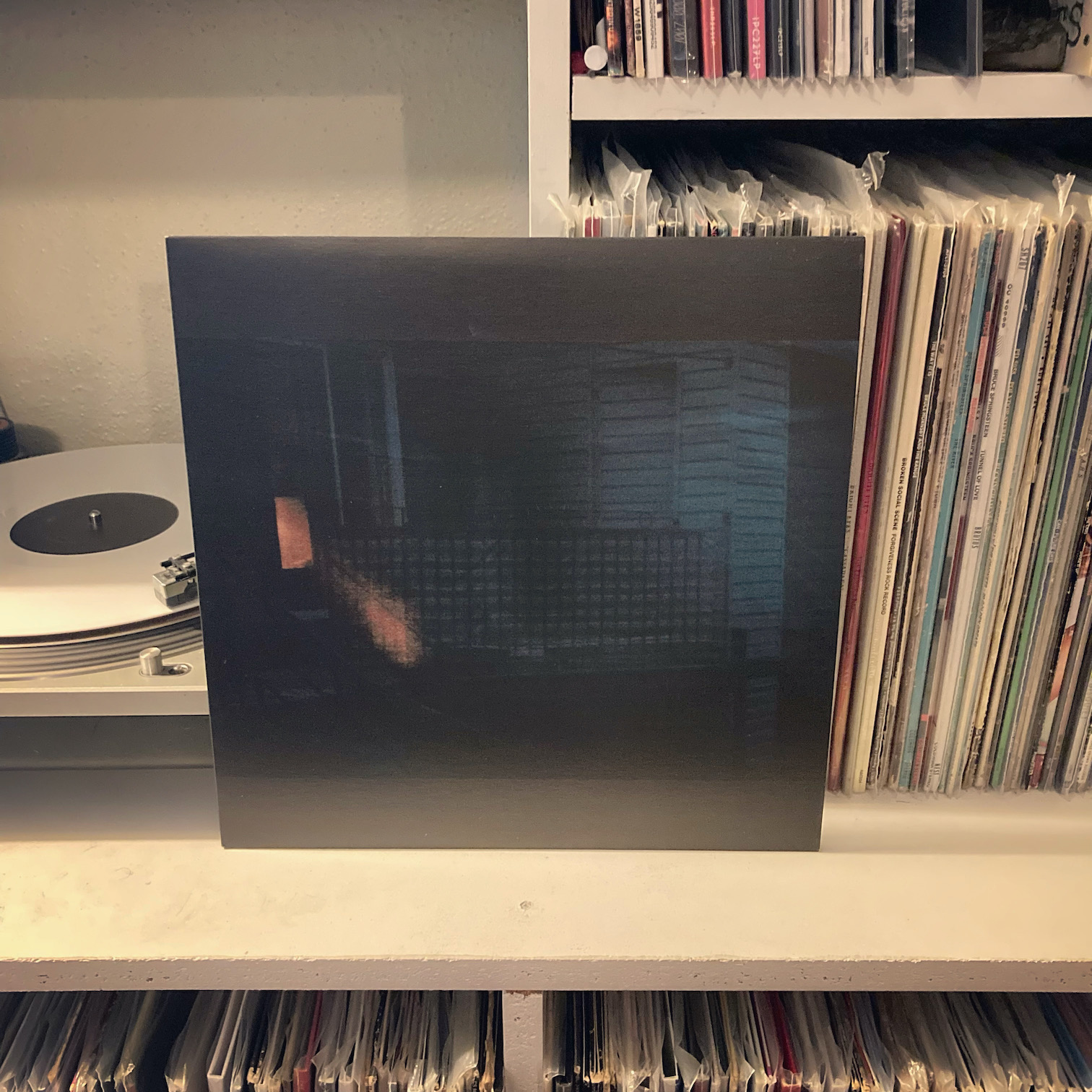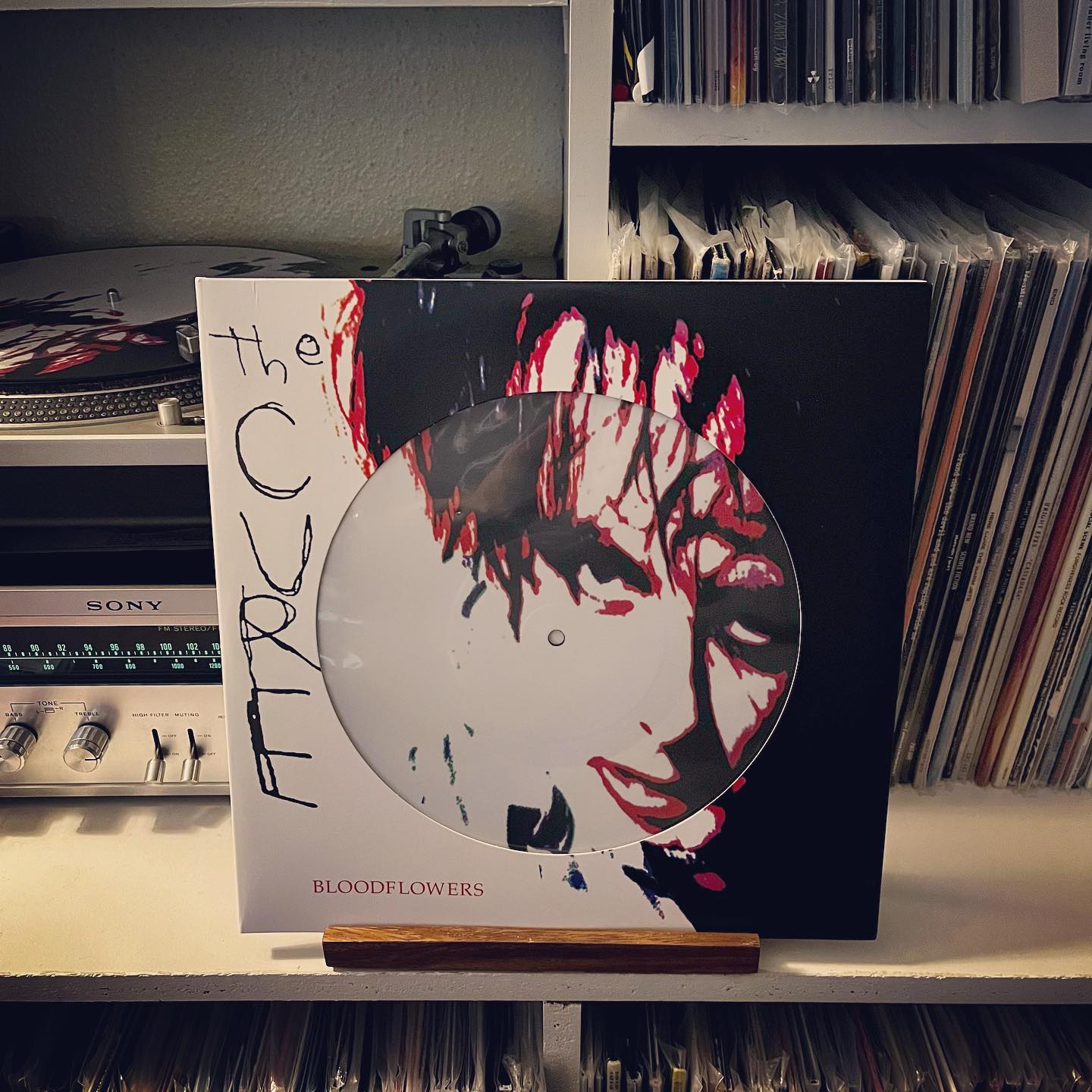
Let me start by explaining that my recent Cure obsession isn’t totally aimless: my podcast cohost and I decided to take an episode to do a deep dive through the legendary Goths’ discography—a daunting task for anyone, but especially for someone who had largely ignored their legacy for most of their life (namely, me).
While I’d already spent a decent amount of time with some of their most celebrated releases, I set off to familiarize myself with everything I was unfamiliar with. I’ve spent the last couple weeks binging their albums, reading Wikipedia and album reviews like I was cramming for college finals, and filling in the gaps in my Cure collection.
One thing that I learned during this time is that usually, the general consensus about each Cure album is mostly trustworthy. If an album is good, everyone says it’s good. If it’s bad, everyone says it’s bad.
But there is one blindingly glaring exception to that rule: 2000s Bloodflowers, a brilliant and understated record that is almost universally maligned. And while I’ll admit that its artwork does it no favors, this is one case where the collective music historian consciousness is very mistaken.
Continue reading →
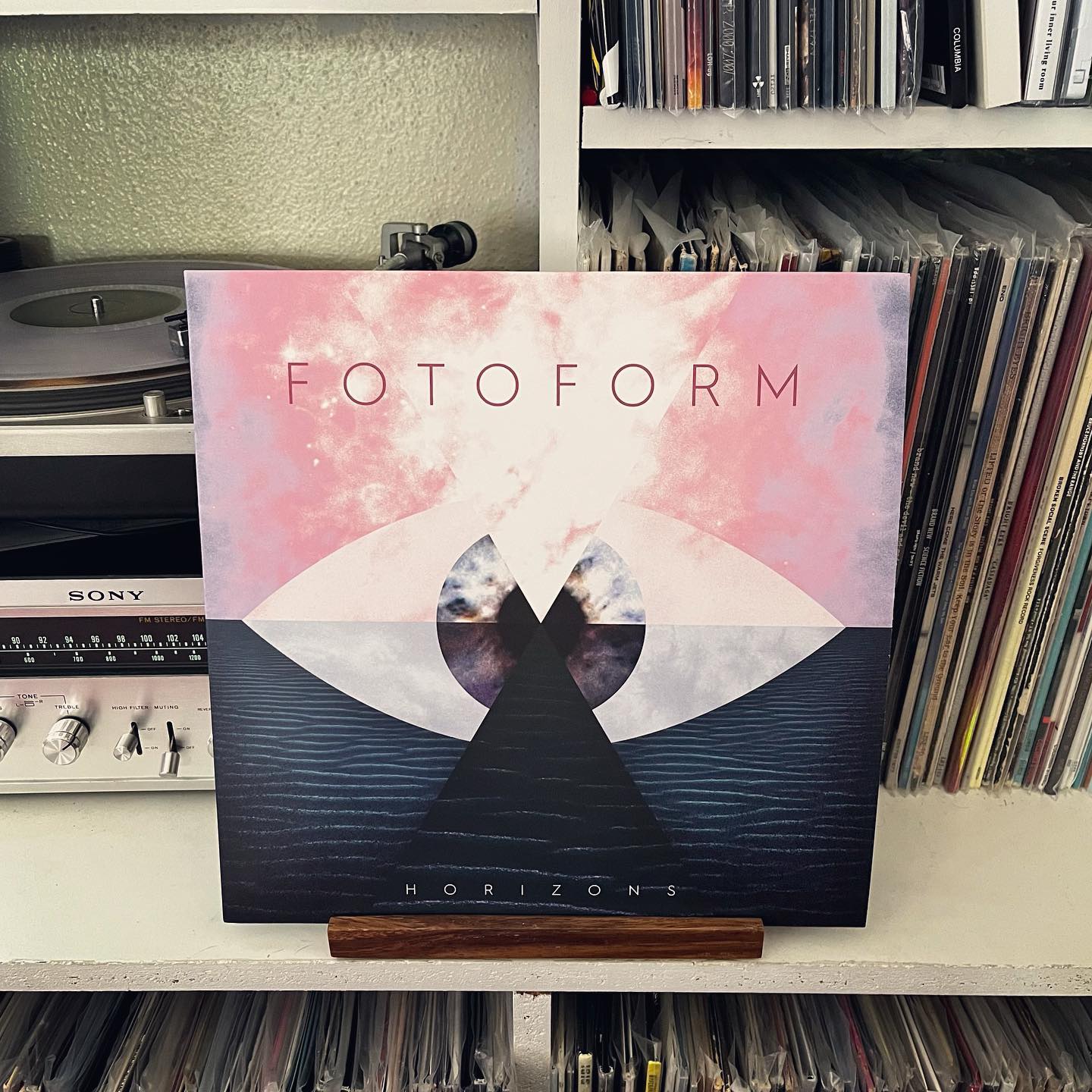


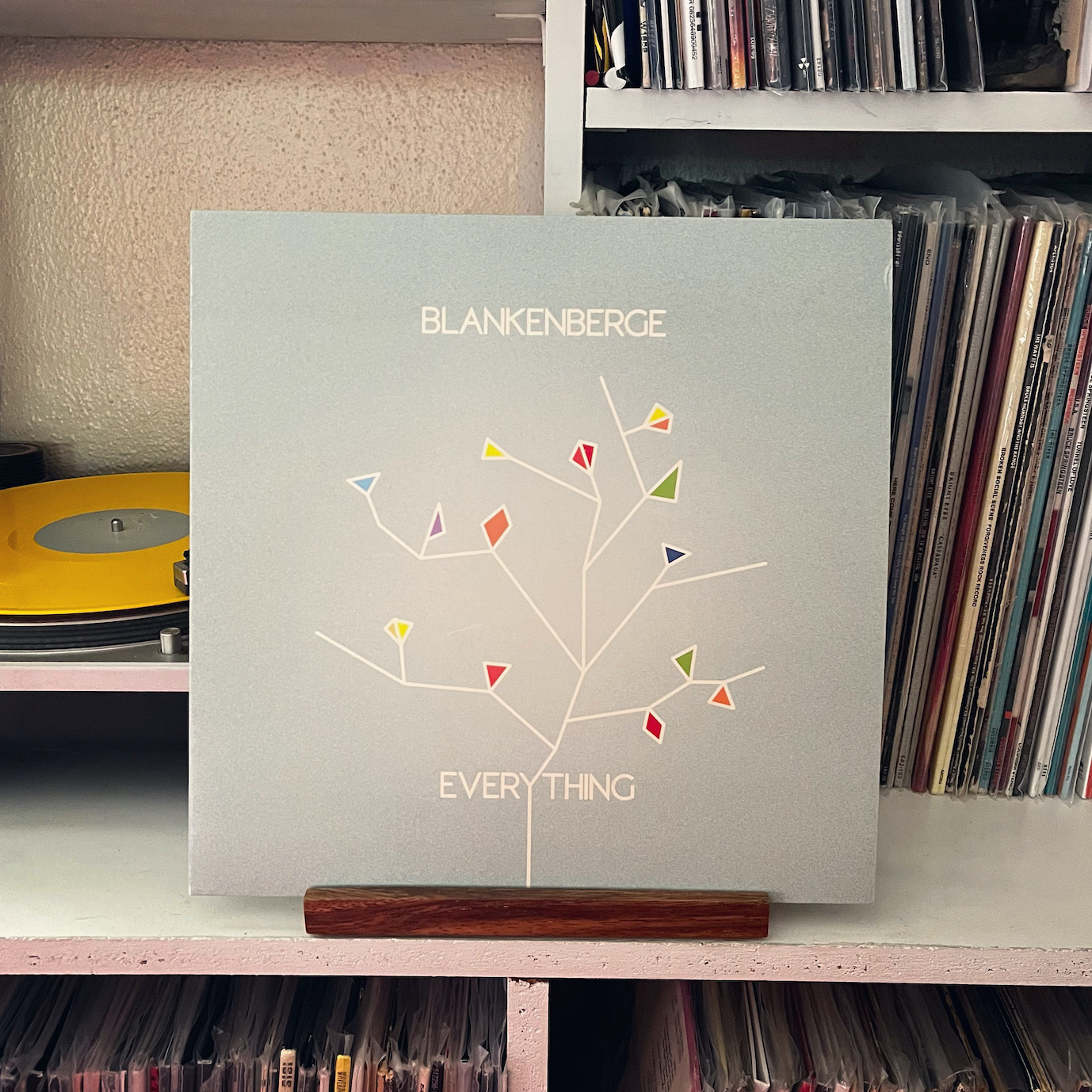

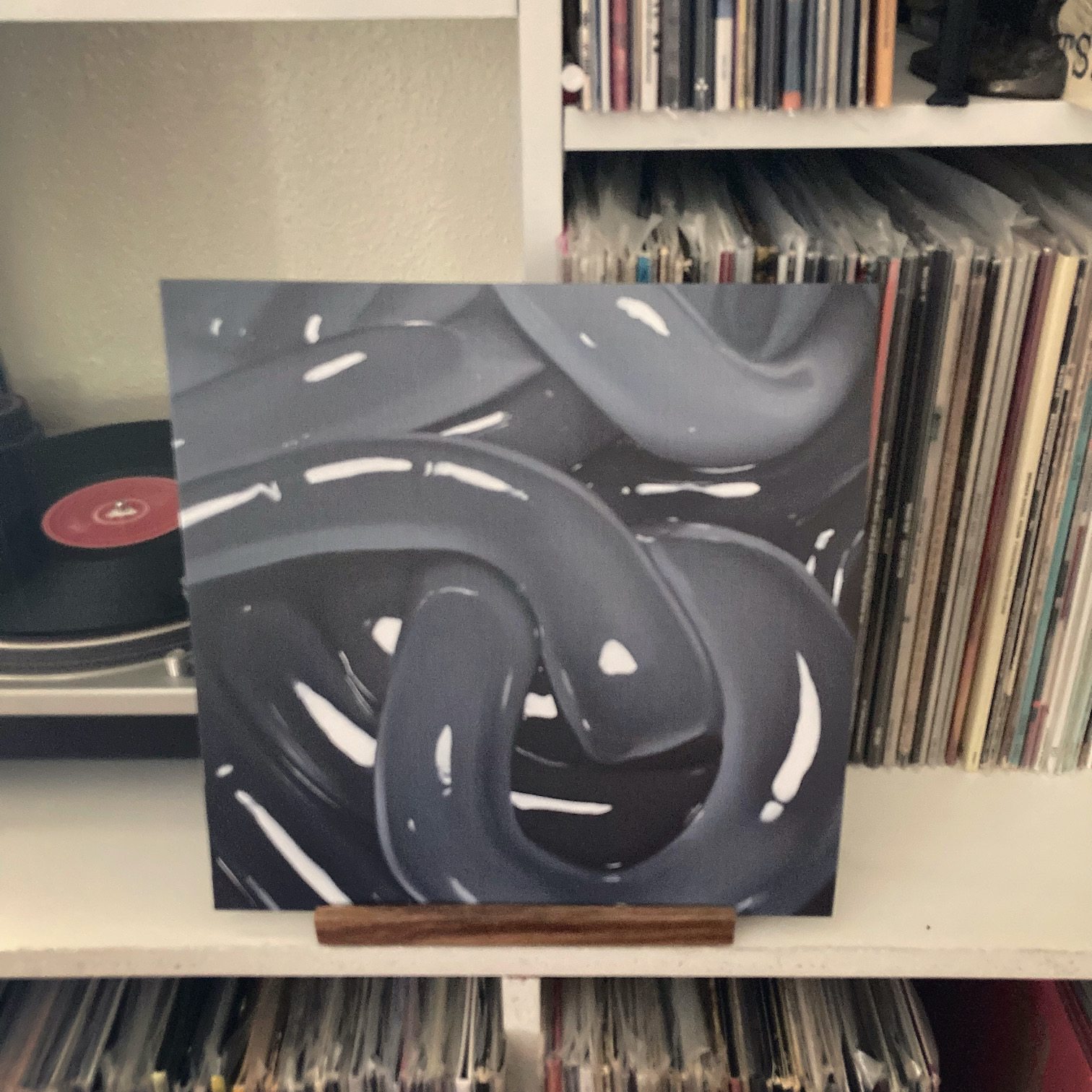

 For all the affection that early 90s
For all the affection that early 90s 